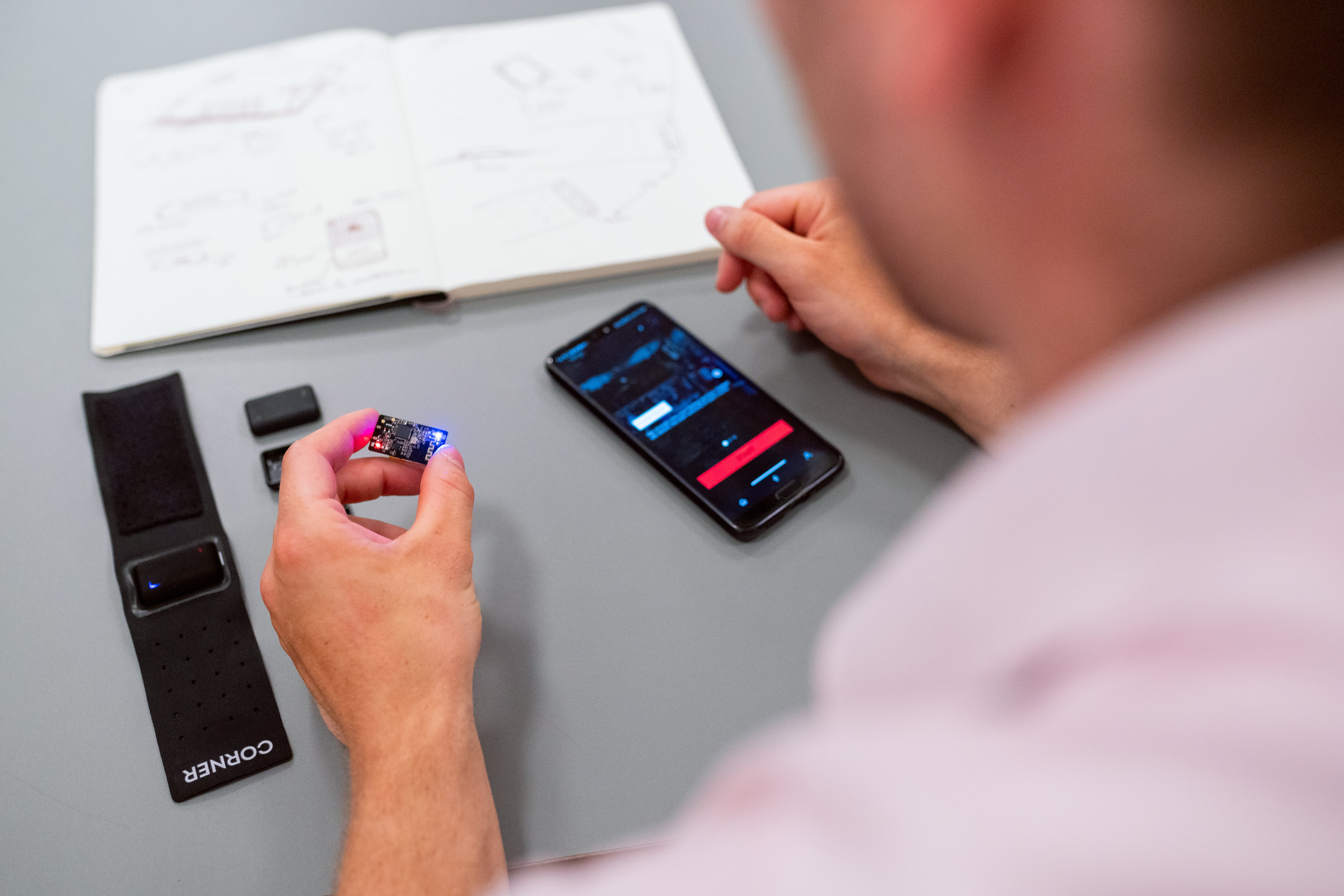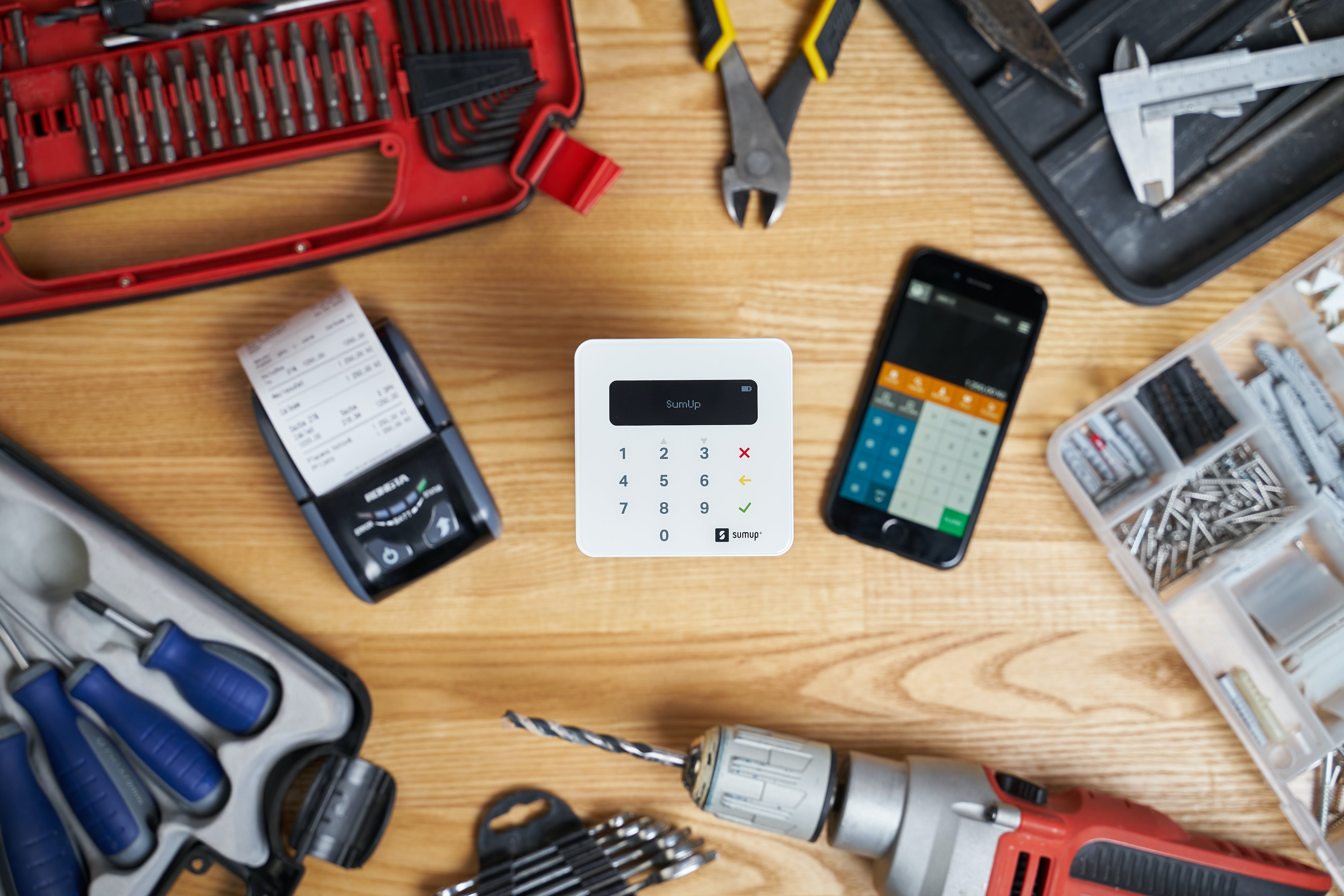How Do Grab Delivery Partners Earn Money?

Grab’s delivery ecosystem is a complex network that intertwines technology, logistics, and the human touch to create a seamless delivery experience. At the core of this ecosystem are the delivery partners, who are pivotal in ensuring that parcels reach their destinations promptly and securely. Understanding how Grab delivery partners earn money is crucial for anyone looking to join the platform or those curious about the gig economy.
Grab delivery partners are remunerated through a dynamic payment structure that considers various factors such as the distance covered, the size of the delivery, and the time taken to complete the delivery. The system is designed to be fair and transparent, allowing partners to view their potential earnings before accepting a delivery task. Moreover, Grab provides incentives and bonuses to motivate partners to deliver peak performance, thus enhancing their earning potential.
For individuals keen on leveraging the opportunities within the Grab delivery ecosystem, it’s important to understand the nuances of the payment system. By maximizing efficiency and providing exceptional service, partners can increase their earnings significantly. If you’re interested in exploring these possibilities further, discover how Biz4Solutions can empower you with the right technology and strategies to thrive in this competitive space.
The Revenue Model for Grab Delivery Partners

The revenue model for Grab delivery partners is primarily performance-based, meaning that earnings are directly tied to the number and type of deliveries completed. This model is advantageous for motivated individuals who are looking to maximize their income through hard work and strategic planning. A notable aspect of how Grab delivery partners earn is the variable pricing strategy. This strategy takes into account the demand for delivery services at different times and locations, enabling partners to earn more during peak hours or in high-demand zones.
Partners are also compensated through a tiered system where they can achieve higher levels of earning brackets as they complete more deliveries and maintain high customer satisfaction ratings. Additionally, Grab occasionally rolls out special promotions or quest incentives that provide an opportunity for partners to earn extra income on top of their standard delivery fees. This layered approach to compensation ensures that delivery partners have multiple avenues to increase their earnings.
It’s important for prospective and existing delivery partners to regularly review their earnings and understand the factors that influence their income. By doing so, they can adapt their strategies to align with the most lucrative delivery times and areas, ultimately boosting their financial outcomes within the Grab delivery ecosystem.
Factors Influencing Earnings of Grab Delivery Personnel
Several factors play a crucial role in influencing the earnings of Grab delivery personnel. One of the primary factors is the number of hours worked; more time on the road typically translates to more delivery opportunities and hence, higher earnings. The type of vehicle used for deliveries also affects income, as those with motorcycles may navigate traffic more efficiently than those with cars, potentially leading to more completed deliveries within the same timeframe.
The geographical area in which a partner chooses to operate is another significant factor. Urban areas with a higher density of restaurants and customers usually offer more delivery requests, whereas suburban or rural areas may have fewer requests but potentially less competition. Partners need to strategize on where they can maximize their income based on the demand for delivery services in different locations.
Another important factor is the time of day. Peak meal times, such as lunch and dinner, often see a surge in orders, allowing delivery personnel to earn more during these periods. Grab’s dynamic pricing model further incentivizes partners to work during these high-demand windows. Additionally, customer tips can supplement earnings, although they are not guaranteed and can vary greatly.
Lastly, Grab’s incentive programs, which can include bonuses for reaching certain delivery milestones or additional pay for working under specific conditions (like bad weather), can significantly boost a partner’s income. Keeping abreast of these incentives and understanding how to qualify for them is essential for maximizing earnings.
Maximizing Profits as a Grab Delivery Partner

To maximize profits as a Grab delivery partner, several strategies can be employed. Efficiently managing one’s schedule to align with peak order times—lunch, dinner, and weekends—can lead to more delivery requests and, consequently, increased earnings. Being strategic about the locations where one accepts delivery requests is also key; areas with high concentrations of restaurants and minimal traffic can lead to shorter delivery times and more orders fulfilled.
Furthermore, Grab delivery partners can take advantage of the app’s features to plan their routes more effectively. Utilizing the app’s map and traffic data allows for the selection of the fastest routes, reducing fuel or transportation costs and enabling partners to complete more deliveries in less time. Keeping a close eye on promotions and bonus opportunities offered by Grab is another savvy move. These can include extra pay for deliveries during bad weather, bonuses for a certain number of trips completed, or special events that temporarily increase earning potential.
Maintaining high customer satisfaction is also crucial for maximizing profits. Happy customers are more likely to leave positive ratings and tips. This can be achieved by ensuring timely deliveries, being courteous, and providing excellent service. Moreover, keeping track of expenses and understanding tax deductions applicable to delivery partners can help in managing finances effectively.
Lastly, regular vehicle maintenance is essential to avoid unexpected breakdowns that could lead to a loss of income. By keeping their mode of transportation in good working condition, delivery partners ensure they are always ready to hit the road and make the most out of their work hours.
Challenges Faced by Grab Delivery Partners in Earning

While the opportunity to earn as a Grab delivery partner is substantial, it comes with its own set of challenges. Fluctuating demand is one of the primary hurdles, as delivery requests can vary greatly depending on the time of day, weather, and local events. This unpredictability can make it difficult for partners to plan their schedules and rely on a consistent income.
Another significant challenge is competition with other delivery partners. In densely populated areas, the sheer number of delivery personnel can mean that getting enough deliveries to meet earning goals becomes a competitive endeavor. Additionally, traffic congestion can significantly delay deliveries, reducing the number of orders that can be completed in a shift and impacting the partner’s earnings negatively.
Operating costs are also a concern for Grab delivery partners. The cost of fuel, vehicle maintenance, and other related expenses can eat into profits, making it essential for partners to work efficiently. Moreover, the wear and tear on vehicles from frequent use can lead to costly repairs and downtime, further affecting earning potential.
Lastly, the physical and mental strain of the job should not be underestimated. Delivery partners often work in challenging conditions, such as extreme weather, which can be both physically exhausting and hazardous. Furthermore, the pressure to maintain high ratings and customer satisfaction can add to the stress, potentially affecting job performance and, by extension, earnings.
Leveraging Technology for Enhanced Earning Potential

For Grab delivery partners looking to maximize their earning potential, leveraging technology is key. Advanced algorithms within the Grab platform can optimize delivery routes, enabling partners to complete more deliveries in less time, thereby increasing their earnings. Moreover, real-time data analytics help partners identify high-demand areas and peak times, allowing for strategic planning of work schedules to capture more orders.
Additionally, Grab’s app includes features that facilitate better communication with customers, ensuring smoother transactions and higher satisfaction rates. Positive customer feedback can lead to a better reputation and more frequent delivery requests. Utilizing in-app navigation tools also helps in avoiding traffic snarls, saving valuable time, and maintaining the condition of delivery vehicles.
Investing in technology such as smartphones with longer battery life and more efficient data plans can also make a significant difference in a partner’s ability to stay connected and responsive, which is crucial for consistent earning. Furthermore, partners can benefit from financial tracking apps to manage expenses and track earnings for better financial planning.
At Biz4Solutions, we understand the transformative power of technology in the gig economy. Our comprehensive software services are designed to support delivery partners in optimizing their operations and boosting their earnings. If you’re ready to elevate your delivery business and capitalize on the opportunities presented by the digital age, visit Biz4Solutions for innovative solutions that drive success.




